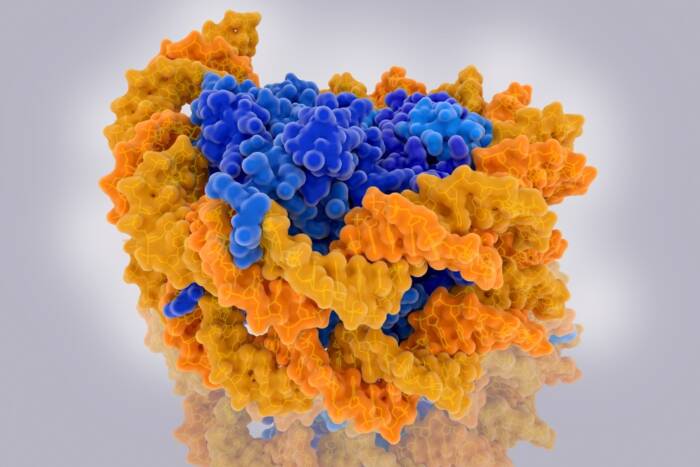Marc Paul Waase*
B.S., Cornell University The in Vivo Characterizations of Two Novel Genes in Mus musculus:
ADAM11 and StARD5
presented by Jan L. Breslow
It has been my privilege to work with Marc Waase since the summer of 2004, when he did a rotation in my laboratory followed by his Ph.D. thesis work. Marc came to my laboratory quite prepared. As a high school student, he participated in the Rockefeller/Cornell/Sloan-Kettering Gateways Program, where he worked for two summers in the laboratory of then-Rockefeller University professor Markus Stoffel. As an undergraduate at Cornell, Marc did extensive research on the genetics of DNA mismatch repair in yeast, while majoring in biological sciences.
Marc’s Ph.D. thesis work entailed characterizing the functions of two novel cholesterol regulated genes: StARD5 and ADAM11.
StARD5 is a member of the START family of proteins, which contain an approximately-200-amino-acid motif forming a hydrophobic pocket that binds and transports intracellular lipid, in this case cholesterol. StARD5 is made in macrophages and is up-regulated by free cholesterol loading as part of the ER stress response. ADAM11 is a disintegrin and metalloproteinase family member that is up-regulated in the livers of mice fed cholesterol. Marc made mouse knockout models for both of these genes. In spite of our expectations and Marc’s meticulous experiments, these mice had no phenotype with regard to altered plasma, liver or biliary lipids. Even when Marc bred his knockouts onto the atherosclerosis-prone ApoE knockout background, there was no effect on lesions. In spite of these negative results and as a true test of character, throughout, Marc maintained a great constructive attitude, worked indefatigably and was a wonderful citizen of our laboratory. Toward the end of his thesis work, Marc’s persistence paid off and he was able to show unexpected phenotypes for both knockouts. Homozygous StARD5 knockouts died prior to embryonic day seven, indicating a role in early embryogenesis, and homozygous ADAM11 knockout mice developed petit mal epilepsy.
Marc’s parents have been very supportive of his career, and his sister Karine provided Marc an excellent role model, having preceded him in the M.D.-Ph.D. program by a few years. During his thesis work Marc took time out to marry Cecelia, whom he had met when they were both undergraduates at Cornell. Marc has all of the ingredients to be a very successful physician-scientist and I wish him every success in his future career.



